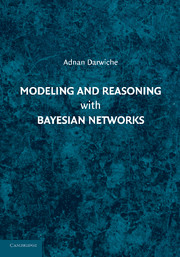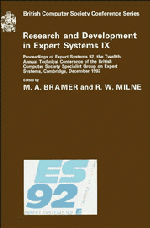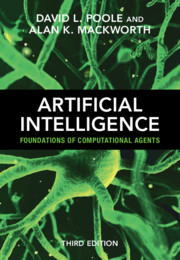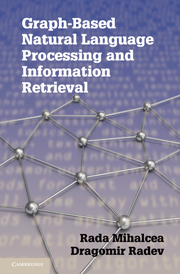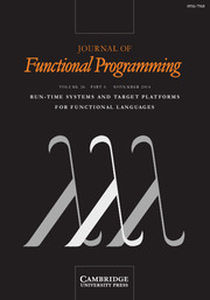Modeling and Reasoning with Bayesian Networks
This book is a thorough introduction to the formal foundations and practical applications of Bayesian networks. It provides an extensive discussion of techniques for building Bayesian networks that model real-world situations, including techniques for synthesizing models from design, learning models from data, and debugging models using sensitivity analysis. It also treats exact and approximate inference algorithms at both theoretical and practical levels. The treatment of exact algorithms covers the main inference paradigms based on elimination and conditioning and includes advanced methods for compiling Bayesian networks, time-space tradeoffs, and exploiting local structure of massively connected networks. The treatment of approximate algorithms covers the main inference paradigms based on sampling and optimization and includes influential algorithms such as importance sampling, MCMC, and belief propagation. The author assumes very little background on the covered subjects, supplying in-depth discussions for theoretically inclined readers and enough practical details to provide an algorithmic cookbook for the system developer.
- Assumes very little background, making it ideal for students and researchers new to the field
- Provides extensive coverage of modelling techniques and algorithms for both exact and approximate inference
- An in-depth treatment of the underlying theory, perfect as a springboard for further research
Reviews & endorsements
'… both practical and advanced … The first five chapters are sufficient for students and practitioners to gain the necessary knowledge in order to build Bayesian networks for moderately sized applications with the aid of a software tool … All major inference methods are covered in later chapters which allow researchers and software developers to implement their own software systems tailored to their needs … It is a comprehensive book that can be used for self study by students and newcomers to the field or as a companion for courses on probabilistic reasoning. Experienced researchers may also find deeper information on some topics. In my opinion, the book should definitely be [on] the bookshelf of everyone who teaches Bayesian networks and builds probabilistic reasoning agents.' Artificial Intelligence
'[This] book will make an excellent textbook; it covers topics suitable for both undergraduate and graduate courses. It will also help practitioners get a firm grasp of the fundamentals of modeling and inference with BNs, as well as some recent advances.' ACM Computing Reviews
Product details
No date availablePaperback
9781107678422
562 pages
254 × 178 × 29 mm
0.96kg
246 b/w illus. 64 tables 342 exercises
Table of Contents
- 1. Introduction
- 2. Propositional logic
- 3. Probability calculus
- 4. Bayesian networks
- 5. Building Bayesian networks
- 6. Inference by variable elimination
- 7. Inference by factor elimination
- 8. Inference by conditioning
- 9. Models for graph decomposition
- 10. Most likely instantiations
- 11. The complexity of probabilistic inference
- 12. Compiling Bayesian networks
- 13. Inference with local structure
- 14. Approximate inference by belief propagation
- 15. Approximate inference by stochastic sampling
- 16. Sensitivity analysis
- 17. Learning: the maximum likelihood approach
- 18. Learning: the Bayesian approach
- Appendix A: notation
- Appendix B: concepts from information theory
- Appendix C: fixed point iterative methods
- Appendix D: constrained optimization.

